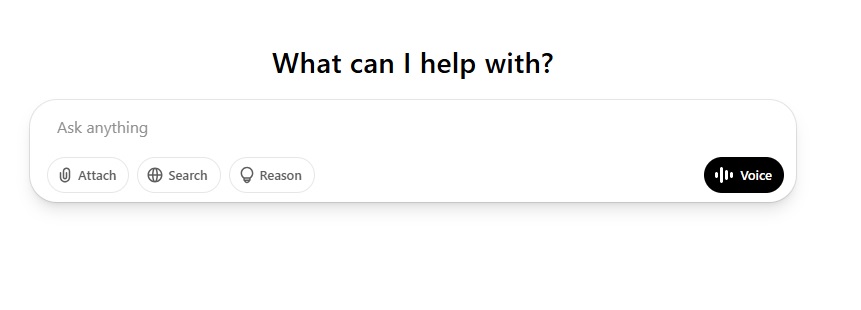Some teachers are considering changing the nature of their assignments due to the rise of AI platforms and concerns about academic honesty.
Teachers at RMHS struggle with how to deal with the arising issue of AI. One constant issue is the tool’s effectiveness on writing assignments. One of the most popular extensions of artificial intelligence, ChatGPT, can produce anything from a one sentence answer, to a well-crafted essay. It is a powerful technology, but it poses many challenges for teachers as they have to grade the papers, while also trying to detect cheating and plagiarism.
AI shows different problems when it comes to math. As long as the answer and the steps are correct, it is much more difficult to tell if a student uses AI. Ms. Wells of the Math Department gives all assessments on paper. She thinks that AI does not pose as much of an issue for her Geometry class as it does for her Statistics class. “I personally like paper-based tests, so that you can show out all of your computations,” Ms. Wells said. “When putting tests online, I haven’t found a good way to navigate AI.”
Websites like AP Classroom have installed lockdown browsers which prohibit students from accessing the internet and other tabs while working on assignments. AP Statistics student, Jack Filipski (‘25), said, “I personally don’t like doing more work on paper because it makes me work slower than on the computer. However, I do feel like working on paper helps with cheating because it is a lot harder to cheat on open response questions (when accessing the web is not an option).”
Many teachers contemplate this decision, but some feel the benefits of working online outweigh the difficulties. Ms. Richardson of the English Department said, “I honestly prefer online work because it is easier to read, and I like how Google Classroom keeps assignments organized for students and teachers.” Why would teachers want to have a pile of 100 papers on their desk, when instead they can have all work uploaded to a single assignment? It is a lot easier for teachers to keep all the work in one place. This might motivate some teachers to use electronic assignments even as unauthorized use of AI is more likely on computer-based work.
While AI can do a lot of things, it can not replicate exactly how a student writes. “Teachers get to know their students’ writing voices pretty quickly,” Ms. Richardson added. “If there are in-class, handwritten assessments, it is sometimes easier to tell when students use AI.” This goes for online assignments as well. It becomes very noticeable when a student writes in a style or with vocabulary that they do not traditionally use.
Although AI seems to create a shortcut for students, there is also certain software such as on Google Classroom that helps teachers detect AI. Mr. D’Amore of the Business Department said, “It’s very easy to detect AI. I’ve got two really good pieces of software, and it’s been seamless.” As of now, he prefers assigning work online because it makes life easier and more organized. However, he also said, “With the way things have been trending, I wouldn’t mind going back to pen and paper.”
According to an article published by EducationWeek, 40% of educators who completed their research survey agree that math work should be completed with pen and pencil to prohibit the use of AI websites, Photomath and Symbolab. In the ongoing debate on how to navigate AI, there is no clear answer on a solution.
AI has created many challenges that are forcing change on teaching plans. The benefits and difficulties are now part of education.






